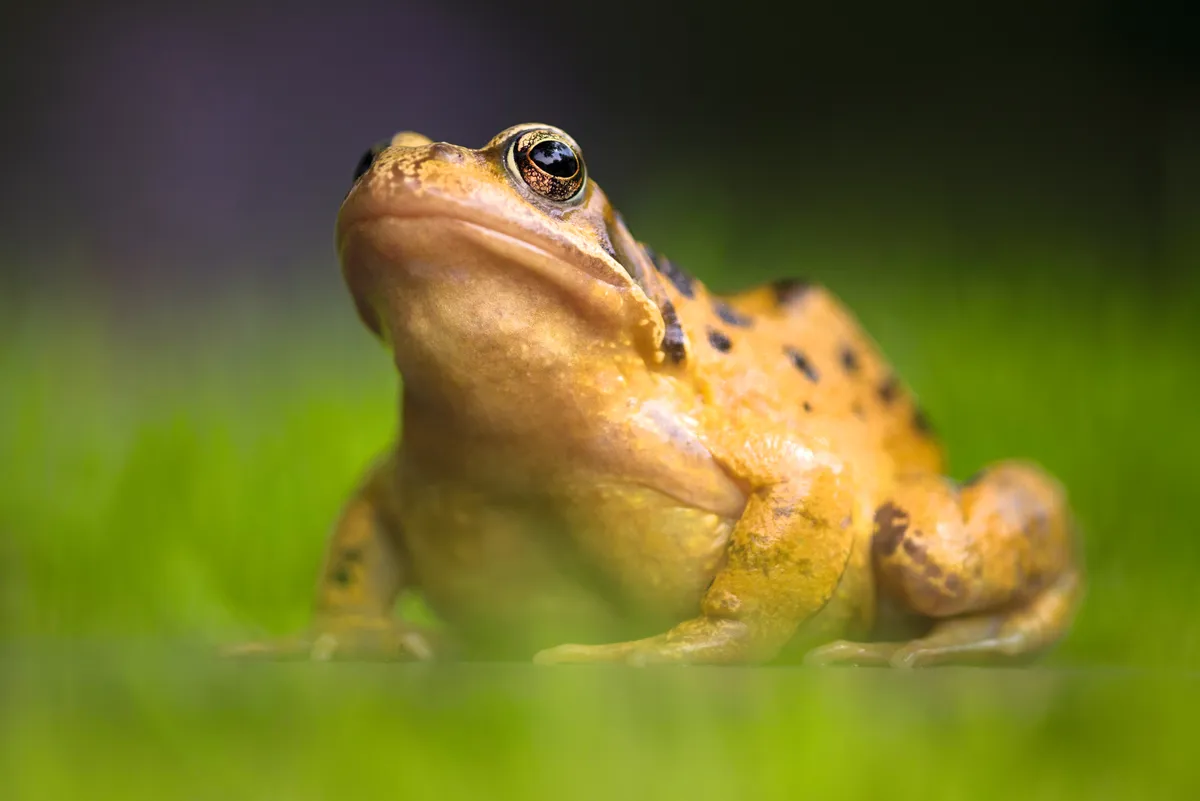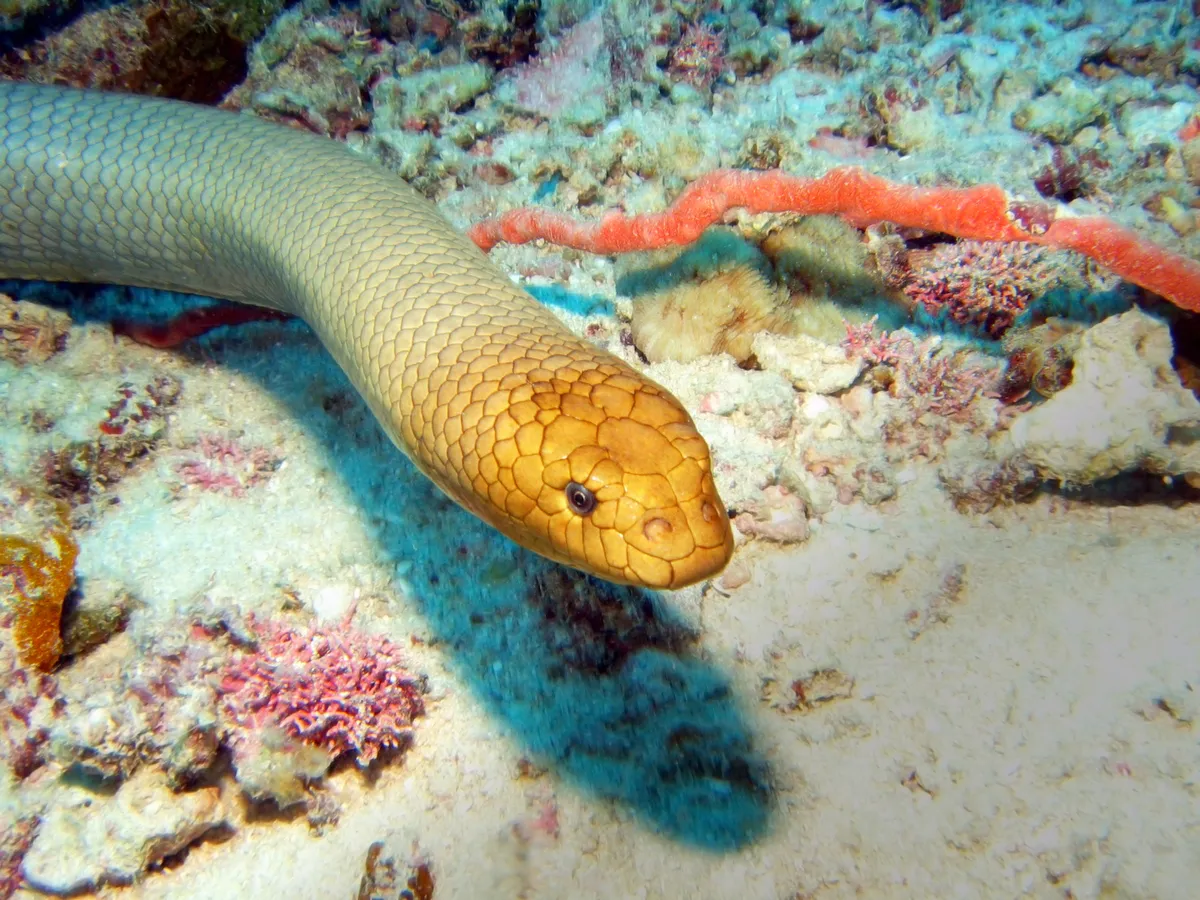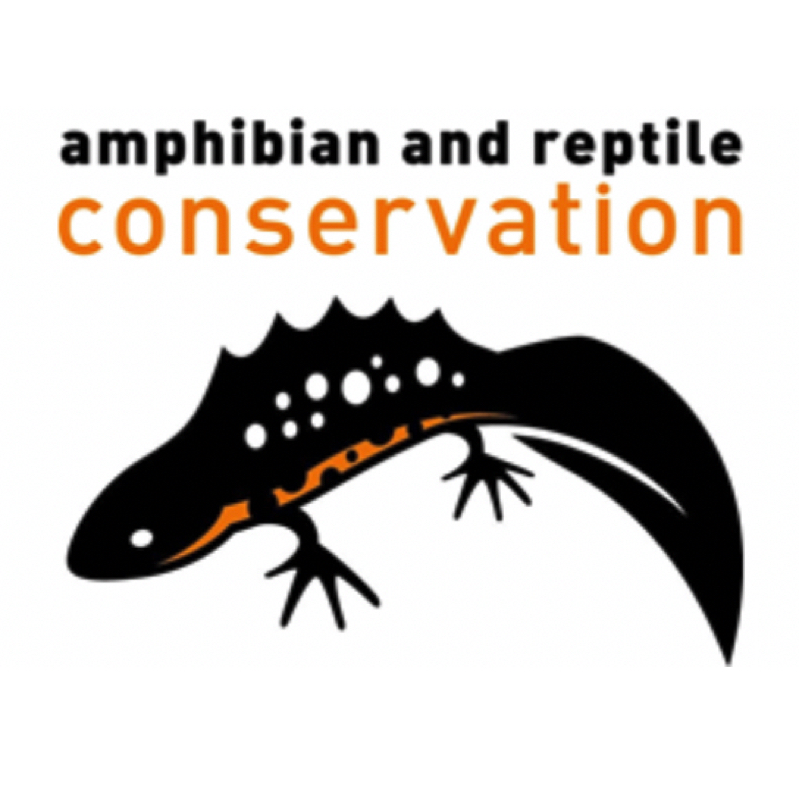Amphibians and reptiles are two very distinct groups of animals, yet they are often confused for each other or thought to be the same thing.
Individuals from each group might look very similar, for example newts and lizards, but in reality, there are far more differences than people realise. Most people assume that the difference is an aquatic lifestyle, but it’s more complicated than that says Amphibian and Reptile Conservation
Did you know?
The country with the most species of reptiles is Australia - with an amazing 1,078 different species. The USA is 8th with 530 species, while the UK is fairly near the bottom with just six native species of reptiles.
Are there any similarities between amphibians and reptiles?
The main features that amphibians and reptiles share is that they are both vertebrates (animals that have an endoskeleton) and are both 'cold-blooded' or ectothermic. Many people think that amphibians and reptiles look very similar as they both lack the fur that most mammals have, or feathers like birds.
They also have similar behaviour in the wild as they need to bask in warm, sunny spots to heat up their bodies, and in many regions both groups hibernate for the winter. This makes them quite distinct from other vertebrate animals. Both groups are also found in similar habitats in the UK – they can often be found underneath or basking on top of rocks, logs or other sheltered environments.
All of these factors have led them to be grouped together under the joint term 'herpetofauna', and the study of both amphibians and reptiles is known as herpetology. While there are some clear differences between amphibians and reptiles, often they are used interchangeably in the media, potentially increasing the confusion people have about the two groups.
Why aren’t frogs and toads classed as reptiles?

Frogs and toads are amphibians, more specifically a branch of the amphibian evolutionary tree called 'anurans'. They are separated from the modern reptile branch of the evolutionary tree - the 'squamates' - by around a million years of evolution.
There are a couple of clear differences between amphibians and reptiles, from their anatomy to their behaviours and development cycles.
Did you know?
The smallest reptile in the world is as small as a sunflower seed.
The largest reptiles in the world include reticulated pythons (Python reticulatus) and saltwater crocodiles .
The largest amphibians are the giant salamanders of the Far East – but which one is king?
The smallest amphibian – and also the smallest frog – is the Paedophryne amauensis
What's the difference between reptiles and amphibians?
One of the most apparent differences between amphibians and reptiles is the difference in skin. Reptiles are covered in hard, keratinous scales that protect them, whereas amphibians have soft, absorbent skin that needs to be kept moist.
When amphibians (in particular, newts) are on land, their skin can look velvety, which can lead to them being confused with reptiles. Amphibian skin is a really interesting adaptation, as it is very porous and allows gaseous exchange – they can 'breathe' through it. Both amphibians and reptiles shed, or 'slough' their skin.
The other factor that really shows the difference between reptiles and amphibians is their development. Reptiles have a couple of methods of producing offspring.
While some reptile species lay eggs there are also those who 'give birth' to live young after incubating them internally like the adder.
Amphibians lay eggs or spawn in water, which hatch into aquatic larvae or tadpoles which then metamorphose into a terrestrial juvenile, which eventually grows into a mature adult.
While adult amphibians are able to breathe air and live on land, they still have to return to the water to breed and must keep their skin moist. Reptiles do not metamorphose and most spend their lives on land.
Do they display different behaviours?
Amphibians have very different behaviour to their scaly cousins, due to their dual life both on the land and under the water. As a result, amphibians (in particular frogs and toads) are more likely to be spotted in the spring and summer basking in ponds or other freshwater habitats, whereas reptiles are most often found basking on dry surfaces such as rocks, logs or bare patches of ground.
In addition, amphibians are generally slower-moving than reptiles – if you disturb a basking snake or lizard, it will usually scuttle or slither away much faster than a newt or toad that will crawl, or in the frog’s case, hop.
These behaviours are of course impacted by temperature, and the weather can have a large impact on amphibian and reptile behaviours. Overall though, amphibians are more resistant to lower temperatures than reptiles and in the UK, 'spawning season' for amphibians tends to be before reptile breeding season. This means that amphibian activity begins to increase earlier in the year (usually with the end of winter or beginning of spring) than reptiles which begin to emerge more towards the middle or end of spring.
Did you know?
Brazil has the most species of amphibian with 1,022 different species.
The USA is 12th with 313 species while the UK has just seven species of amphibian.
And Greenland has none!
How do their habitats differ?
Worldwide, amphibians and reptiles vary wildly in the habitats they occupy and there is a large degree of variation within each group. In the UK, broadly speaking, our native amphibians and reptiles inhabit similar areas. All of our native herpetofauna species can be found in lowland heath, a habitat that is increasingly rarer than tropical rainforest.
Amphibians need to keep their skin damp and must have access to bodies of freshwater whereas many reptiles are not as closely associated with water although there are exceptions like the grass snake, which hunts aquatic prey in ponds and other freshwater habitats, the anaconda who loves the South American swamps - and of course sea snakes.

Are they at risk?
Many amphibians and reptiles are at risk. The habitats they use are degrading or disappearing altogether, putting these species at risk. In the coming years, many of these threats are set to increase. This is why at it is important to safeguard healthy populations of amphibians and reptiles and the habitats on which they depend, and to enthuse and involve more people in their conservation.
Main image: Two tree frogs and a green tree snake on a branch, in Indonesia © Getty Images

